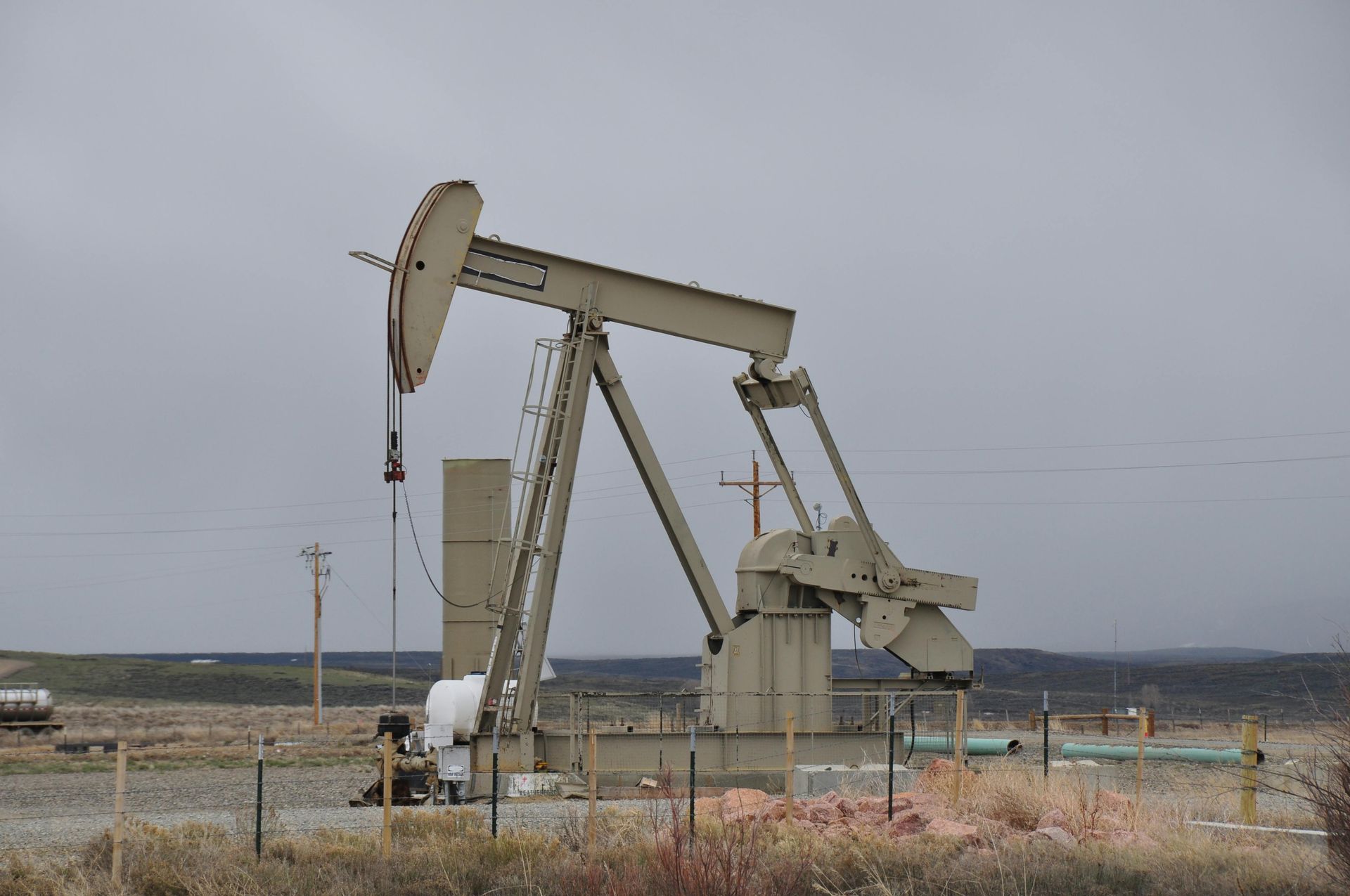
In the oil and gas industry, risk comes with the territory, whether it’s operational hazards, environmental liabilities, or unpredictable market shifts. Traditional insurance policies often fall short when it comes to flexibility, control, and cost-efficiency. That’s why more companies are turning to captive insurance as a smarter way to manage risk. By joining a group captive, oil and gas businesses, especially those working in high-risk areas like Texas, can take greater control of their insurance coverage, improve their risk management strategies, and potentially reduce premiums over time.
In this post, we’ll explore how oil & gas insurance is evolving and how Texas insurance solutions like captives are giving companies a much-needed edge in today’s challenging environment.
What is Captive Insurance?
Captive insurance is simply a smarter, more flexible alternative to traditional insurance, especially for companies in the oil and gas industry. Instead of paying high premiums to outside insurers, a business (or a group of businesses) forms its own insurance company to cover specific risks. This approach gives oil and gas companies much more control over their insurance coverage and claims process.
One of the most effective models is a group captive, where several companies with similar risk profiles come together to share costs, manage claims, and design coverage that fits their operations. For mid-sized oil and gas businesses, particularly in Texas, group captives offer a powerful way to reduce premiums, strengthen risk management, and take ownership of their oil & gas insurance strategy.
Why the Oil & Gas Industry Needs Better Risk Management
For many oil and gas companies, especially in high-risk areas like Texas, traditional insurance often means high premiums, limited flexibility, and unpredictable renewals. It’s a costly system that doesn’t always fit the industry’s needs.
That’s why more businesses are turning to group captives. With captive insurance, oil and gas companies can regain control over risk management and design oil & gas insurance solutions that actually work for them. Let’s break down how captive insurance can benefit businesses in the oil & gas industry:
Greater Control Over Claims
One of the biggest advantages of captive insurance is having a real voice in how claims are handled. As a member of a group captive, you’re involved in decisions around underwriting, policy terms, and claims management. That means faster, fairer claim resolutions. With this kind of insurance coverage control, oil and gas companies can keep operations on track and avoid costly delays.
Lower Premiums
Another big perk of captive insurance is the potential for real cost savings. Unlike traditional oil & gas insurance, which can feel like a money pit, captives focus on long-term performance and proactive risk management, which often means lower premiums year after year. On top of that, group captive members can share investment income and underwriting profits, money that would normally stay in the hands of commercial insurers. It’s a smarter, more sustainable way to manage insurance costs, especially for Texas-based energy companies looking for better insurance solutions.
Completely Tailored Coverage
With captive insurance, you’re not stuck with one-size-fits-all policies that don’t fit your business. Instead, you have the flexibility to design oil & gas insurance coverage around your actual risks, like environmental liability, equipment breakdowns, or downhole tool losses. These are the kinds of exposures that traditional insurers often exclude or charge a premium to cover. In a group captive, you get real insurance coverage control, allowing you to build protection that aligns with your operations, not just the insurer’s bottom line. That level of customization is especially valuable for Texas companies navigating complex, high-risk environments.
Increased Risk Management
When your part of a group captive, everyone has skin in the game, which means safety becomes a shared priority. Because members collectively manage risk, there's a strong incentive to improve safety protocols, invest in employee training, and actively monitor risk management performance. This kind of collaboration leads to smarter decisions and stronger results across the board. For oil and gas companies, especially in high-risk areas like Texas, it’s a proactive approach that supports both safety and savings. Over time, better practices can lead to fewer claims and more stable oil & gas insurance costs.
For oil and gas companies, especially those operating in high-risk areas like Texas, captive insurance offers a flexible, cost-effective alternative to traditional coverage. By joining a group captive, businesses can gain real insurance coverage control, reduce premiums, and strengthen their risk management approach.
From faster claims handling to customized policies that reflect real-world risks, captives give companies the tools to protect their operations more effectively. As more Texas energy businesses seek smarter, long-term insurance solutions, group captives are proving to be a game-changing option.
Looking to learn more about group captive insurance? Contact us today at KTBlack.com!





